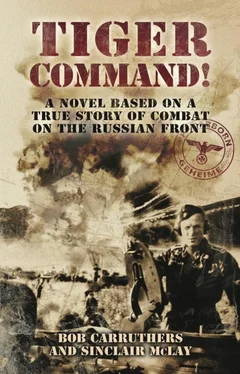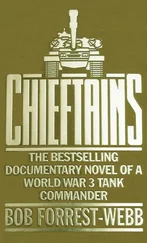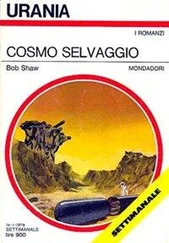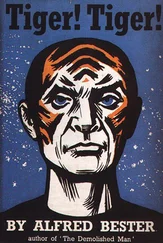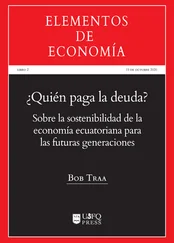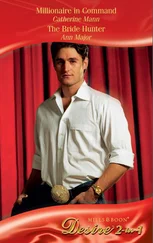“Come on, you fascist bastards, show yourselves. You’ll get what’s coming…” thought Korsak as he watched the events unfold.
He was happy to see that the tanks were soon joined by two squat turretless vehicles, which Korsak recognised as Sturmgeschütz◦– army assault guns, alert for field defences which might hold up the waves of infantry which Korsak calculated were still hidden by the cloud of smoke. His suspicions were confirmed as the lead Sturmgeschütz was followed by clumps of infantry in camouflage pattern. As yet, there was no sign of the half-tracks carrying more infantry, which Korsak felt sure would follow.
Korsak watched with detached interest as the lead Sturmgeschütz identified the lone Soviet anti-tank gun which remained in action between the front line and Hill 15. It was quickly engaged with high-explosive rounds fired by both assault guns, and the gunners were all too soon thrown to the ground, the distant shapes remaining motionless, killed by deadly shards of shrapnel which flew in all directions. Through his powerful binoculars Korsak could discern the faint pools of dark red blood which widened as the prone bodies were crushed under the wheels of the advancing Sturmgeschütz. He could easily have destroyed the Sturmgeschütz through its weak roof armour, but still Korsak did nothing and the German tanks began to advance warily across the open ground. He counted them: five, seven, eleven. This was it, the fascist attack had begun.
Unable to resist any longer, Korsak ordered his gunner to take careful aim on the lead German tank, which was now little more than 1200 metres away. The gun was already loaded and the armour-piercing round barked out, but frustratingly flew over the German tank.
Korsak cursed the gunner. “Aim lower, you cretin! Or you’ll end up in a punishment battalion!”
His tank was expertly concealed behind the crest of the hill, but Korsak knew only too well that his position had now been given away by the tell-tale puff of smoke and his gunner’s carelessness. There was no time for a second round as, according to plan, on seeing his tank fire, the first wave of Russian tanks began to charge up the slope and over the crest of the hill. Although his own tank was still motionless, he had ordered all of his tanks to load with armour-piercing and, on his signal, the first wave of ten tanks had broken cover and charged towards the German forces.
As expected, the German tanks came to a halt as soon as the T-34s emerged from over the brow of the hill. With the advantage of their static position, the German tanks were able to fire accurately, but Korsak was confident that his tanks would not suffer at these ranges, and he had other things to occupy his mind. He gave the order to pull out while continuing to observe the battlefield.
Korsak was stunned to see four T-34s explode into flames as the massive impact of the armour-piercing rounds stopped the lead tanks dead and further rounds found a home in the ammunition lockers of the stricken T-34s. The first victims were shortly followed into oblivion by a further two tanks.
Korsak was mystified. There was only one tank commander who was capable of such a feat. “Was von Schroif still here?”
Despite the loss of six tanks, Korsak remained confident that his superior numbers assured him of victory. The trap had been sprung, and he watched over his shoulder as his next wave and a further ten tanks advanced over the hill and into combat.
The plan was clearly working. Korsak expected his opponents to stay pinned in position while they engaged the Soviet armour frontally. His well-constructed plan was to lead the remaining thirty tanks around the hill in order to engage the Germans on their flank. Korsak urged his driver to turn right and stay below the crest of the hill. The battle plan was now underway, and there was no way to change it. Korsak knew that, by closing to such a short range, his two leading waves of tanks would become vulnerable to the German tank guns, which would become more and more effective as the range closed. He expected losses, but six in short order gave him grounds for concern.
Korsak could hear the declining sounds of firing and the sound of tanks being hit by armour-piercing rounds, but the die was now cast as he and the other thirty tanks raced around the contour of the hill, preparing to burst triumphantly into the flank of their enemy. He calculated that his tanks would be around 800 metres from the German machines, and firing into the weak side armour guaranteed a kill.
As he rounded the corner of the hill the slower KV-1 was joined by the faster moving T-34s, arrayed below him and to his right. Gathering speed, they rolled onto the plain and slowly came to a halt in firing positions on the German flank. It was then that Korsak realised that he had a problem.
The T-34 nearest to the smoke cloud suddenly burst into flame. The sound of the gun which had fired at the T-34 was drowned out by the noise of the continuing bombardment which had now been lifted to the slopes of Hill 15, otherwise Korsak would instantly have realised the magnitude of his predicament. The destruction of the first T-34 was quickly followed by five more machines which were all blown apart in a matter of seconds.
Korsak was stunned. To his left he could see the carcasses of all twenty T-34s, but there were no German tanks on the field, nothing, not even a wreck. He could see from the track marks that the German tanks had all withdrawn into the bank of smoke.
Something was wrong… the German tanks had the field, but they had withdrawn. The attack must have been a feint. Quickly, Korsak gave the order to withdraw. Those tanks with radio receivers immediately began to leave the field. Flags were being waved frantically to the others, which one by one began to withdraw. As the smoke began to clear the source of the danger became all too apparent. Korsak’s worst fears were vindicated.
Under cover of the smoke, a battery of 88 mm anti-aircraft guns had been expertly pulled into position. The destructive power had come from the mighty Acht-acht. His situation was now desperate. The fleeing Soviet machines offered an easy rear shot, and the greedy Acht-achts were quick to find their targets.
*
Voss watched in grim satisfaction as his boys destroyed the fleeing Russian armour. He was distracted as a group of grenadiers passed and SS-Sturmscharführer Braun stepped out of the ranks and gave the stiff-armed salute.
“May I offer my congratulations on your victory? This White Devil is more of a puppy dog, I’d say.”
Voss smiled. “It’s not my victory, its revenge for our recovery boys that bastard mutilated. Make sure everyone knows that the planning was by Hauptsturmführer von Schroif. His legacy lives on in his absence.”
“I’ll make sure the inhuman pigs continue to pay. The untermensch will learn. We look forward to the return of the Haupsturmführer.”
“So do I, Braun. We’ll need him soon.” Voss made a mental note to commend von Schroif on the effectiveness of the battle plan that he had drawn up.
The mutilated recovery team had been avenged, and the scores were now even, but this vicious war was becoming more and more barbaric by the day.
“Paderborn?” asked Bobby Junge.
“After the birthplace of the River Pader,” replied Karl Wendorff. “The river originates in nearly 200 springs near Paderborn Cathedral, last resting place of St Liborius, the Patron Saint of a good death.”
“Obviously not on the side of Brommann and his recovery team,” said Michael Knispel in a sad tone. “Nothing could ever make up for that.”
“The word is that old man Voss, with the help of the boss here, gave them a heavy punishment in return,” said Wohl, trying to lighten the atmosphere.
Читать дальше
